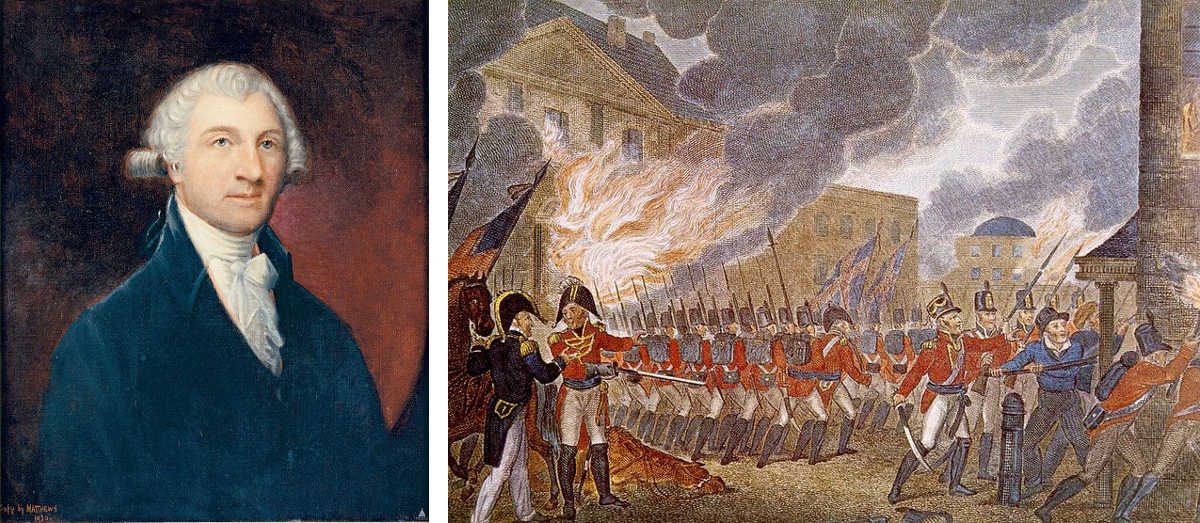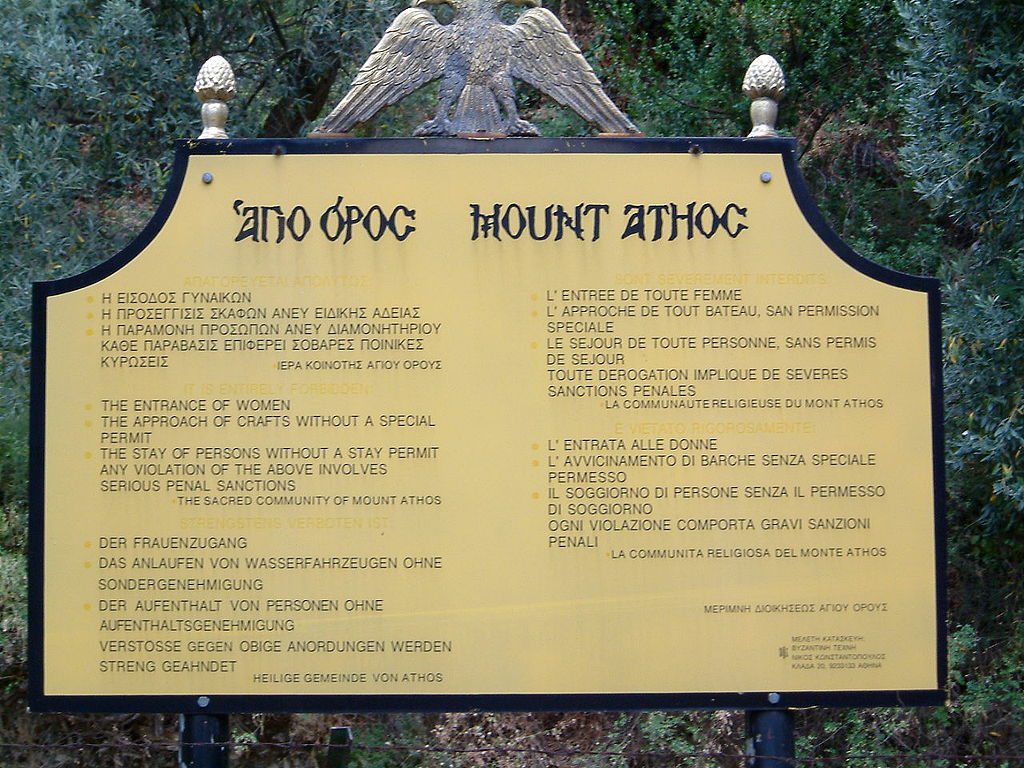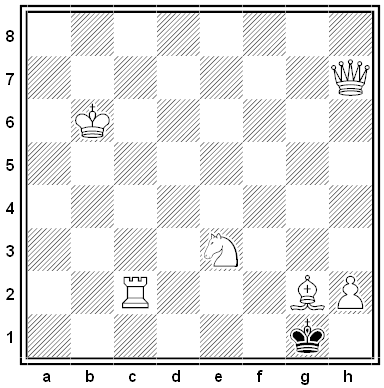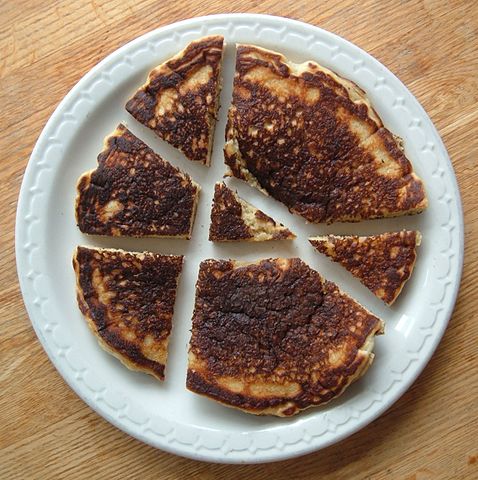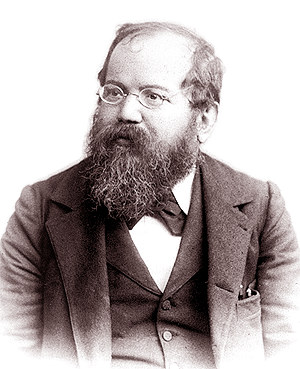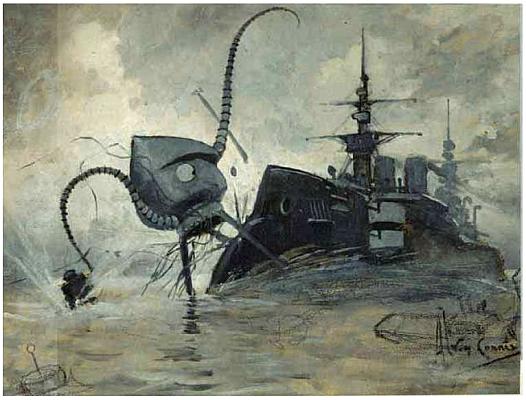
For the writer of fantastic stories to help the reader to play the game properly, he must help him in every possible unobtrusive way to domesticate the impossible hypothesis. He must trick him into an unwary concession to some plausible assumption and get on with his story while the illusion holds. And that is where there was a certain slight novelty in my stories when first they appeared. Hitherto, except in exploration fantasies, the fantastic element was brought in by magic. Frankenstein even, used some jiggery-pokery magic to animate his artificial monster. There was trouble about the thing’s soul. But by the end of last century it had become difficult to squeeze even a momentary belief out of magic any longer. It occurred to me that instead of the usual interview with the devil or a magician, an ingenious use of scientific patter might with advantage be substituted. That was no great discovery. I simply brought the fetish stuff up to date, and made it as near actual theory as possible.
— H.G. Wells, June 1934 (from the H.G. Wells Scrapbook)


